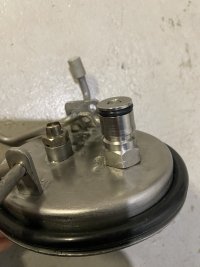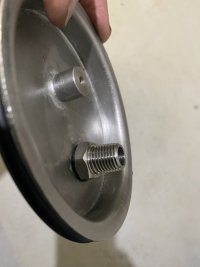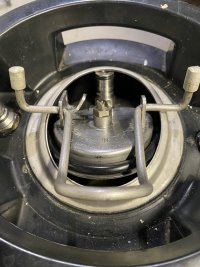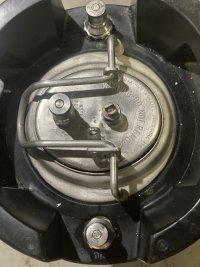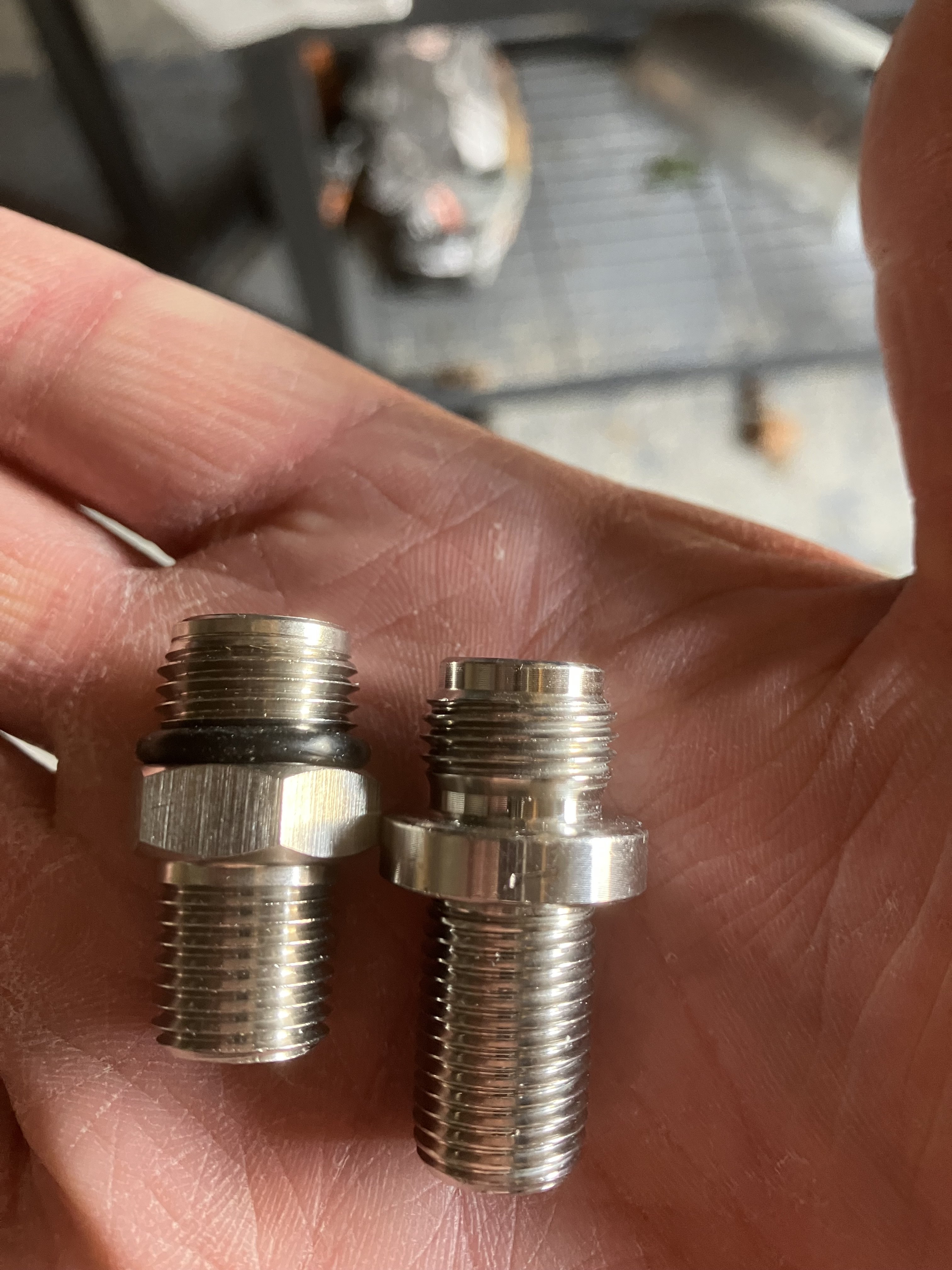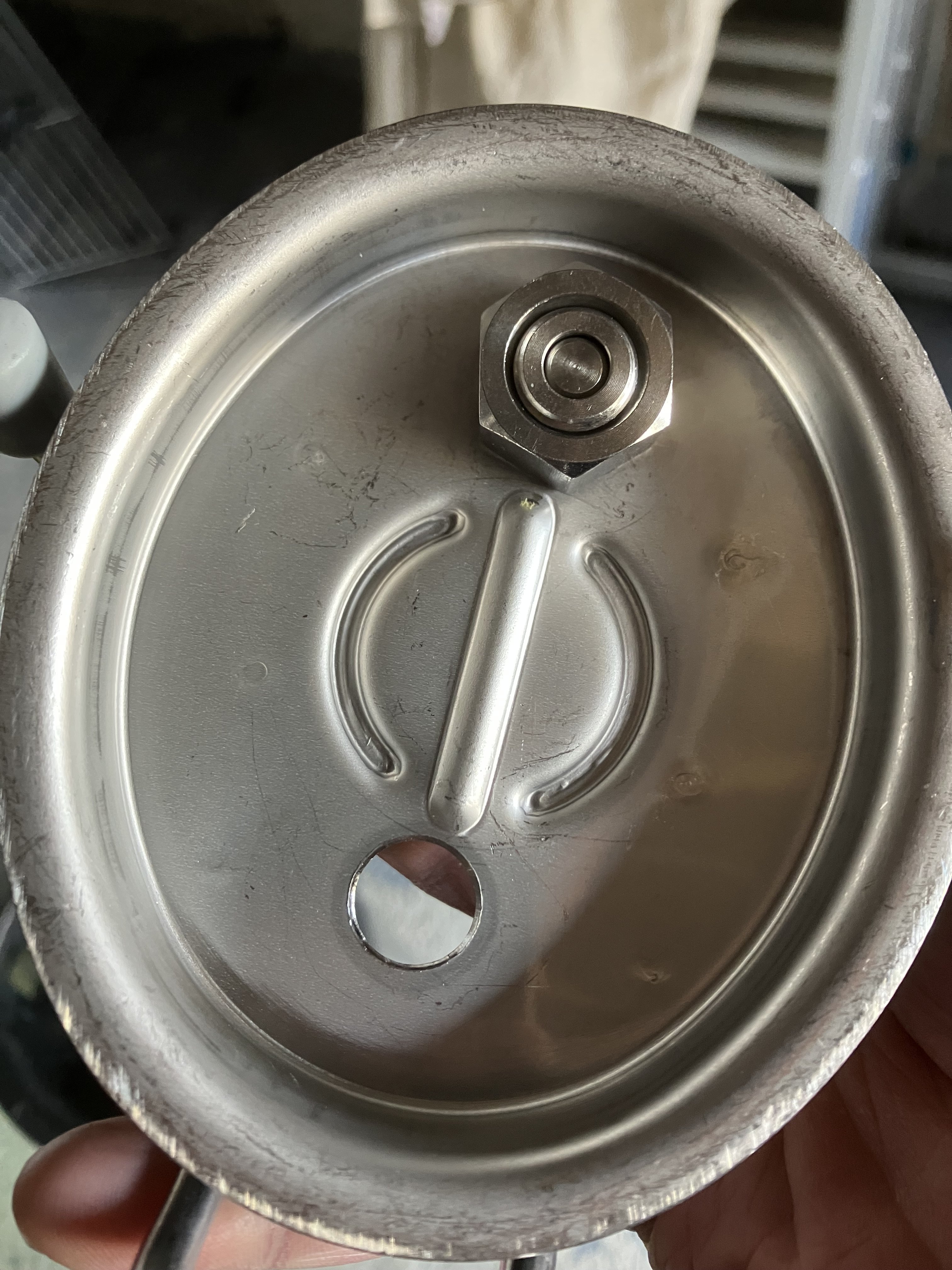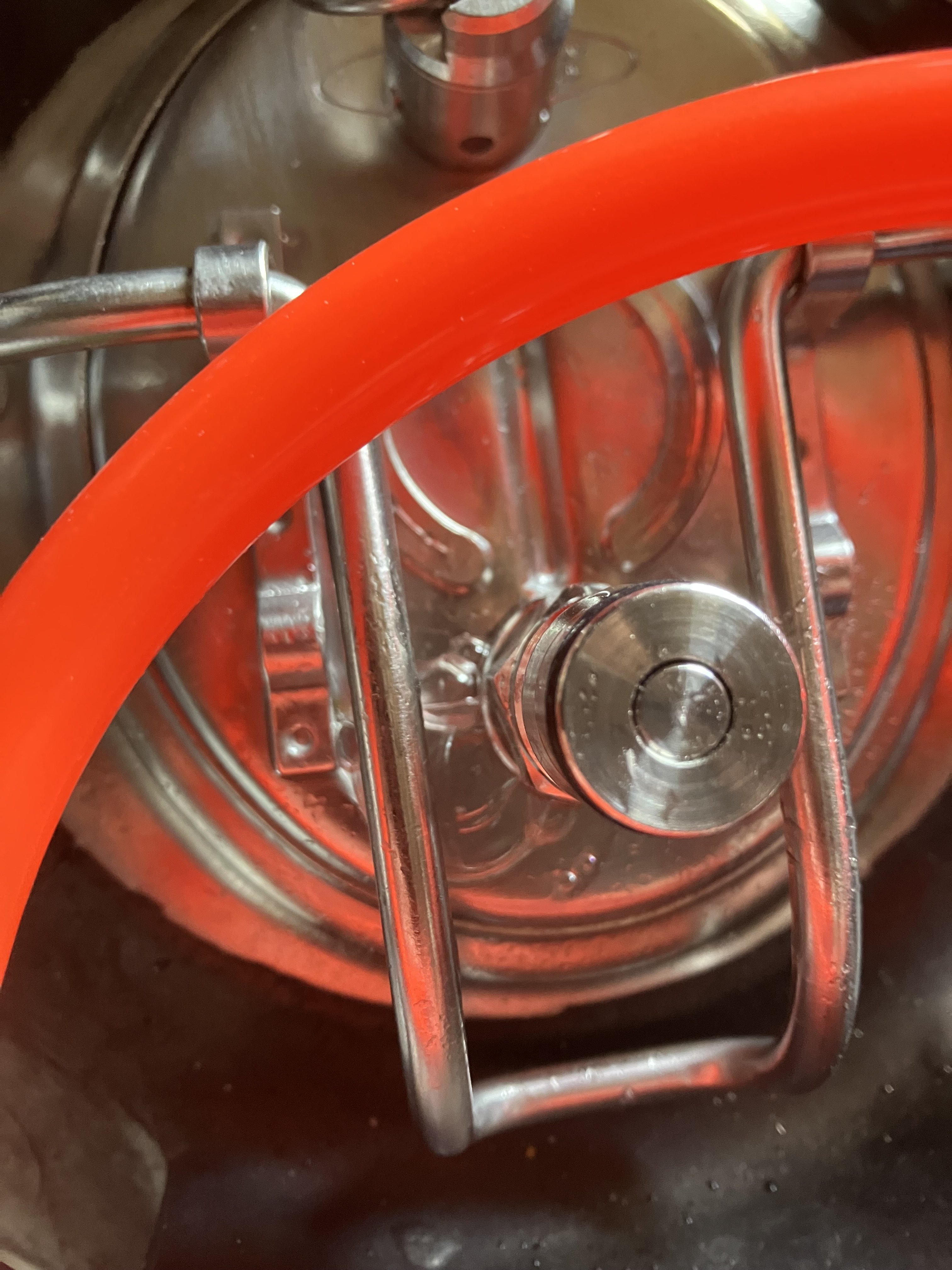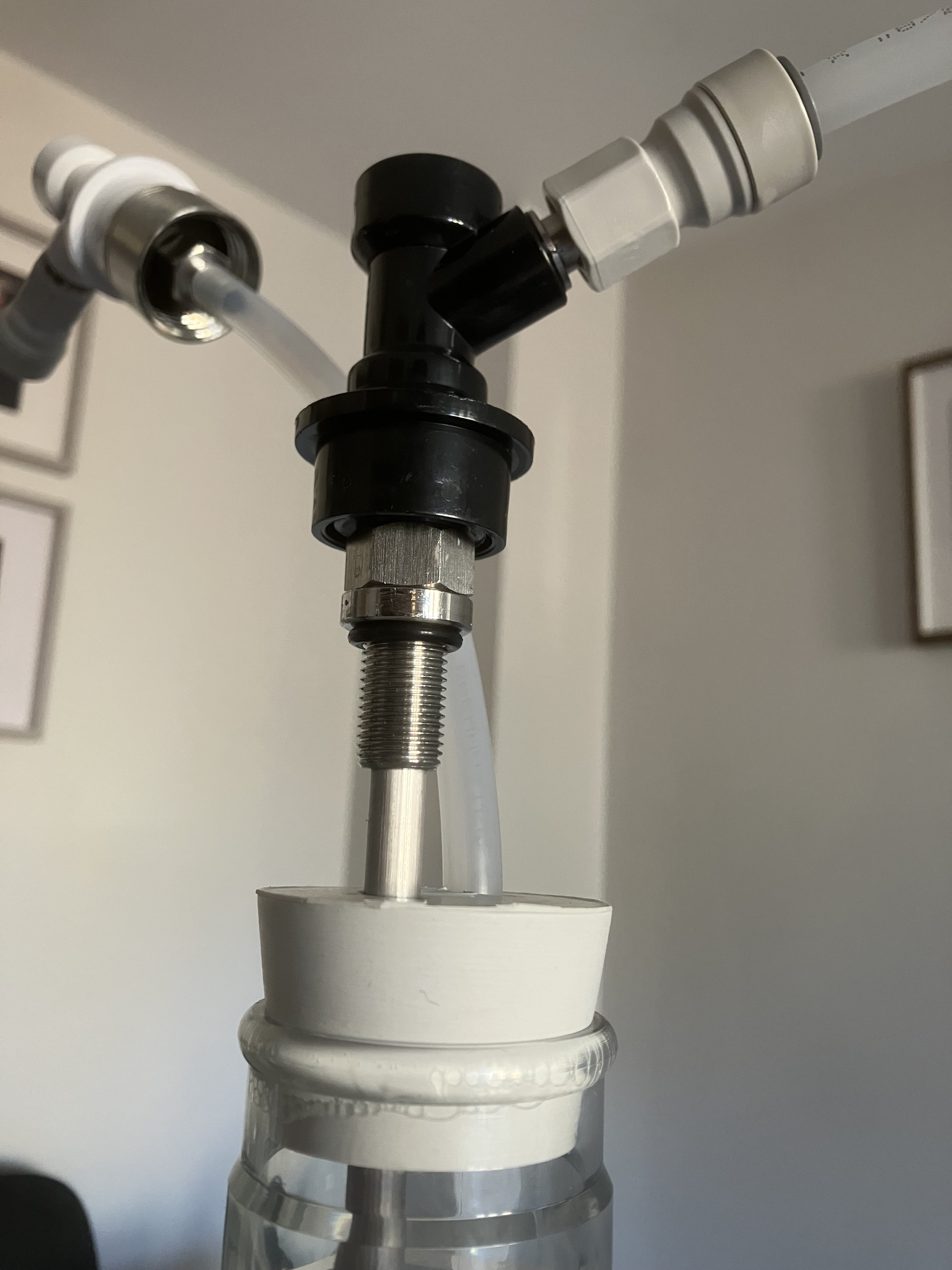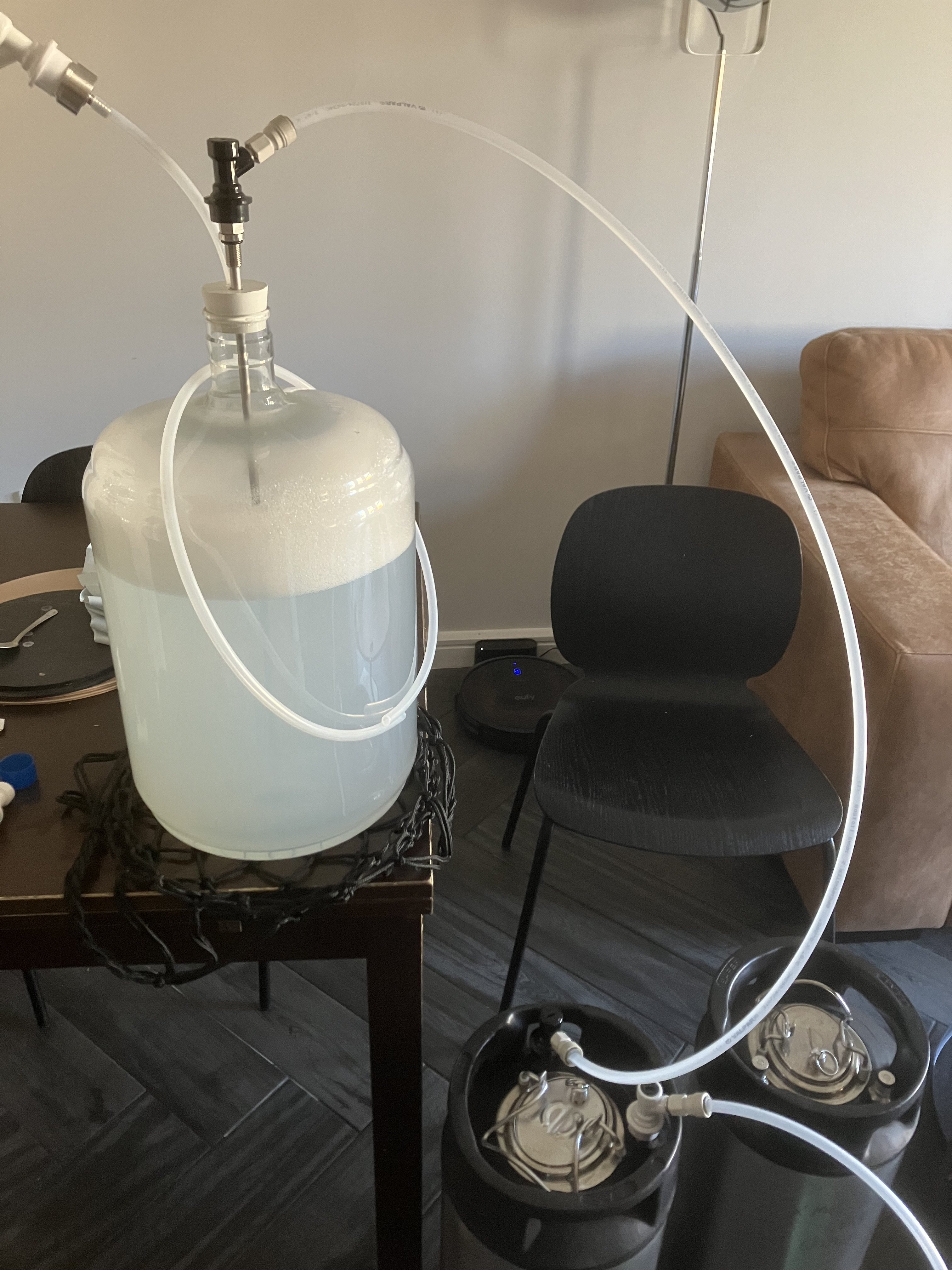- Joined
- Oct 12, 2020
- Messages
- 3,576
- Reaction score
- 6,964
This is well meant and please consider giving it a try:This is deeply frustrating
On the surface it sounds like you're trying to re-invent the wheel. As per your previous thread; https://www.homebrewtalk.com/thread...-bending-or-using-a-floating-dip-tube.735221/ you were finally sold on using a floating diptube and also in that thread, @mac_1103 put you on to using fermentation gas to purge your kegs which you adopted...kudos!
What you seem not to have tried yet, is the well-tested and time-proven simple practice of taking your original liquid diptube out and putting it in storage, and using a floating diptube in the time-tested manner. You expressed concern about getting all the Star San out when purging with a floating diptube. As others and myself can attest: As long as your standard float ball silicone diptube is long enough to reach the bottom of the keg, you will purge the same as using the original steel diptube. Residual Star San is truly no big deal anyway but like many others it sounds like you are still uneasy with it so I propose you do yourself a big favour and pour a pint of beer and then pour about a half an ounce of Star San into it and drink it...this is less than the amount that will remain in the bottom of your keg no matter which diptube you purge out of. You won't notice it and there are no detrimental effects whatsoever.
Just try one batch with an ordinary lid and a floating diptube in place of the original steel one.






















































![Craft A Brew - Safale S-04 Dry Yeast - Fermentis - English Ale Dry Yeast - For English and American Ales and Hard Apple Ciders - Ingredients for Home Brewing - Beer Making Supplies - [1 Pack]](https://m.media-amazon.com/images/I/41fVGNh6JfL._SL500_.jpg)


